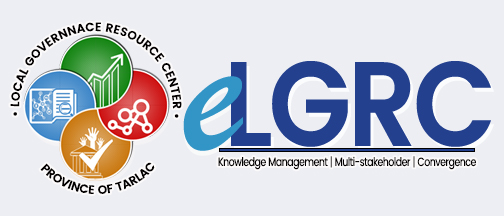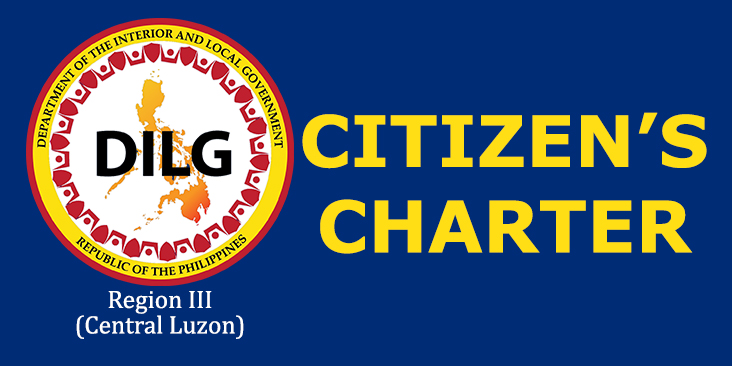TARLAC – in consideration of the urgent need to prepare for the imminent 7.2 magnitude earthquake that may happen anytime, the Disaster Preparedness Cluster of the Regional Disaster Risk Reduction and Management Council (RDRRMC) of Region III convened on February 13, 2018 in the City of San Fernando, Pampanga.
DILG Regional Director Julie J. Daquioag, sitting as Vice Chairperson of the Disaster Preparedness Cluster of the RDRRMC assured the creation of a contingency plan that is responsive to the needs of the region especially on preparing for the impending dangers of "The Big One."
DOST-PHIVOLCS presented an overview of the "worst-case scenario" as soon as the earthquake rocks Metro Manila and parts of Central and Southern Luzon due to the West Valley Fault (WVF) Line that traverses the said regions. According to DOST, the country experienced 90 destructive earthquakes in the past 400 years and ranks 3rd worldwide in the list of countries affected by natural hazards due to its strategic location along the Pacific Ring of Fire.
Office of the Civil Defense (OCD) Regional Director Marlou Salazar presented R3's enhanced contingency plan for earthquake starting with an enumeration of the country's natural resources and the challenges that threaten them. The enhanced plan is consistent with the Sustainable Development Goals (SDGs) and shall benefit a population of 11,218,177 based on 2015 PSA data.
According to Director Salazar, an earthquake - dam break combination may trigger the massive loss of lives and properties and may greatly affect the national economy since Central Luzon is the 3rd largest contributor to the country's Gross Domestic Product (GDP). He added that the plan includes tapping other regions, as far as Regions I, VII, and VIII for assistance depending on the gravity of the situation.
No less than DILG Undersecretary for Local Government Austere Panadero and DPWH Undersecretary Maria Catalina Cabral provided inputs on Region III's contingency plan. USec. Cabral pointed out that we should target the least casualty possible and that local governments should also focus on private structures especially those constructed before the passage of the National Building Code.
USec. Panadero congratulated Region III for crafting a very comprehensive earthquake contingency plan and encouraged LGUs to continually upgrade whatever they have to ensure maximum resiliency during disasters.
He emphasized that business owners should also devise a continuity plan in anticipation of the possible effects of a massive earthquake. He encouraged local chief executives (LCEs) to mobilize their building officials to assess private building and issue a Structural Certification and retrofit non-complying establishments for their safety.
DILG Central Office Disaster Information Coordination Center (DILG-CODIX) Director Allan Tabel presented the Cabinet Clusters for enhancing earthquake resiliency of the Greater Metro Manila Area (GMMA).
He then requested the aid of the media and the Philippine Information Agency (PIA) in disseminating information that will not cause mass hysteria.
Mr. Hilton Hernando of PAGASA presented the weather outlook for January to June. According to him, tropical cyclones may start entering the Philippine Area of Responsibility (PAR) by April on an average of 1 to 2 cyclones per month.
DILG Assistant Regional Director Myrvi Fabia provided the closing remarks by thanking everyone's participation in crafting a plan that is instrumental in building resilient communities in the region. She likewise asked for the continual support of the different agencies in making the plan work for Central Luzon and our neighboring regions.
A separate meeting was called for all CDRRMOs and DILG Provincial Directors to hear their issues and determine what the DILG can do to help them with their concerns.
USec. Panadero is making rounds in different regions to get updates on how each are preparing for the earthquake that may affect a large portion of the country.


















